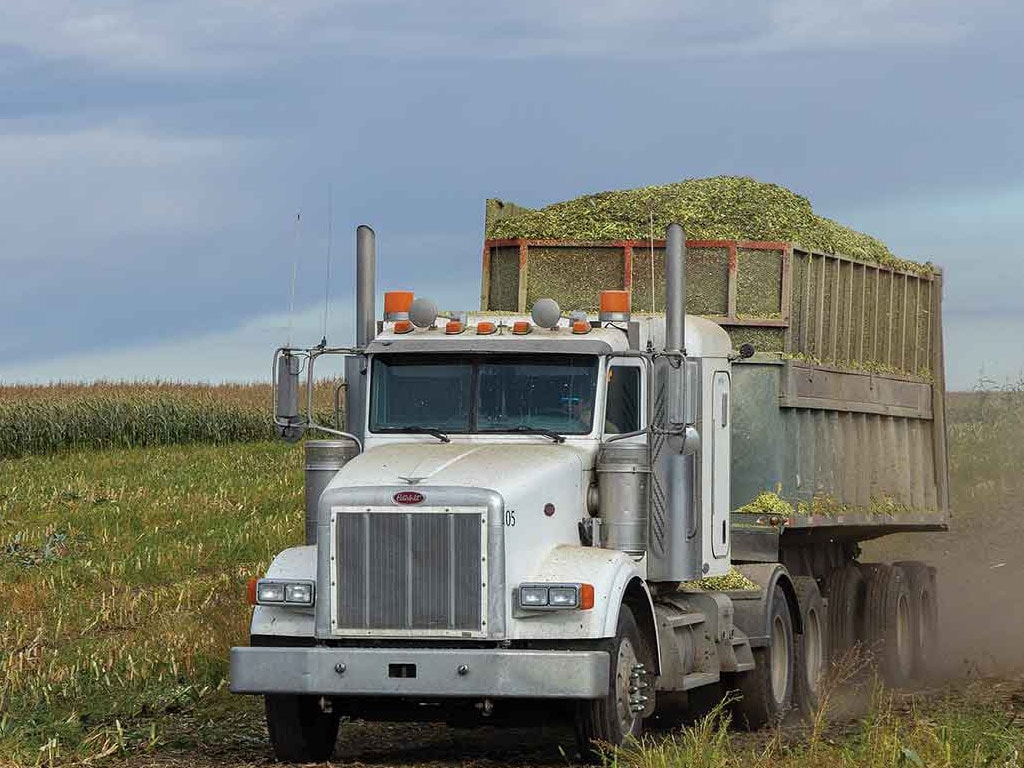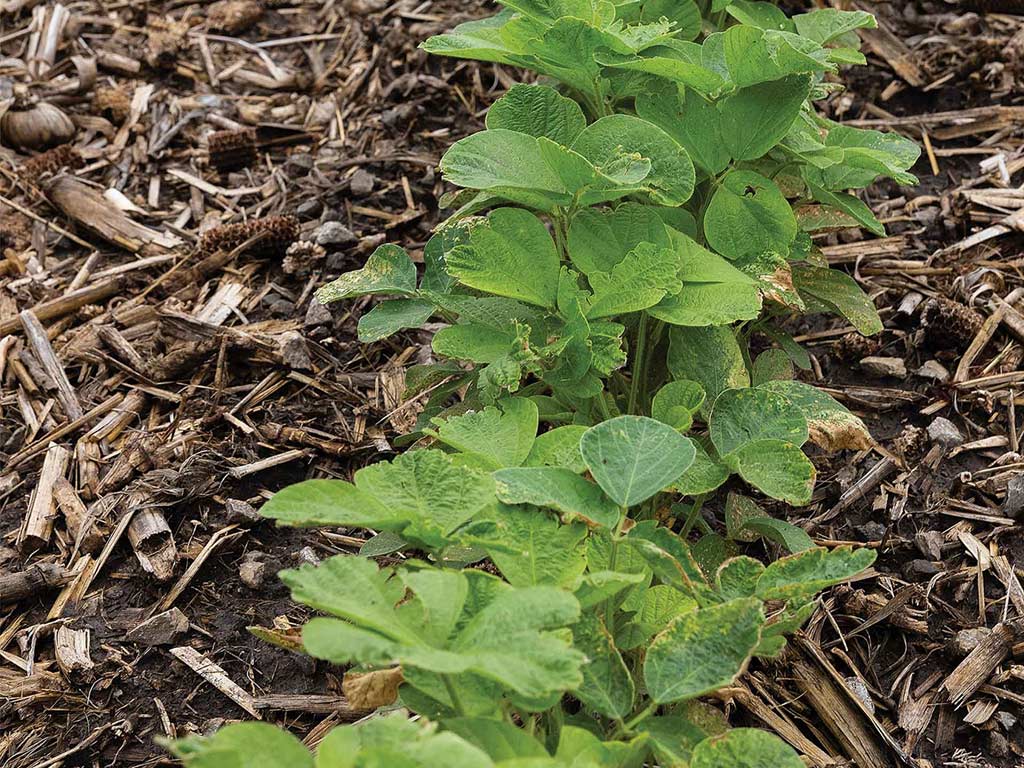Agriculture, Farm Operation June 01, 2025
Calibrate Your Soils
Learn how productive your soils can be.
by Bill Spiegel
Chance Kurzweil is like many farmers seeking to trim fertilizer costs when input prices are high: he wants to wean his family's farm off synthetic fertilizer and let the soil do more of the work.
An on-farm testing program is helping him do just that.
Chance, who farms with his father, uncles, and cousins near Harrisonville, Missouri, is in the fifth year of "calibrating soils," or learning what the optimum nitrogen fertilizer rate is on their farm's Kenoma and Haig silt loam soils. Before planting, the Kurzweils apply anhydrous ammonia (NH3) fertilizer in four rates: 110% of the normal rate of 180 pounds of NH3; 100%, 50% and 0%. Strips are at least as wide as two combine passes; results are measured with in-cab yield monitors and field monitoring programs.
In three years of testing, the Kurzweils have already reduced their anhydrous application from 200 pounds per acre to 180 pounds, saving between $5 and $10 per acre.
"Extra nitrogen just wastes money," he says. "It may be five dollars here, and five dollars there but when you begin saving five bucks in multiple ways, it adds up."
Chance uses spreadsheet calculations to analyze yield and fertilizer price scenarios. For the 2025 season, the full 180 pounds of NH3 promised the most profit.
"But if nitrogen prices happened to increase 25 cents per unit, that 180 pounds could have dropped to 160 pounds to maximize profitability," he says. "Context and our farm's goals are the biggest factors in these decisions."
Kurzweil is heeding lessons taught by Ray Archuleta, retired NRCS soil health specialist and regenerative agriculture advocate. Based on data from multiple farms over his years as a soil scientist, farmers tend to over-apply fertilizer.
"And that's directly inverse of what we're trying to do with regenerative agriculture, which is letting the natural processes do their own thing," Kurzweil says.
As the Kurzweils learn more about their soils, Chance plans to add even more test strips, including 62% and 75% of the normal NH3 application rate.
Above. Reducing commercial fertilizer applications on corn is a byproduct of the Kurzweils' move to regenerative agriculture, says Chance Kurzweil, who farms with his dad, uncle, and cousins near Harrisonville, Missouri. To the Kurzweils, regenerative practices like eliminating tillage disturbance, keeping living roots growing, and utilizing cover crops are reducing commercial fertilizer and herbicide costs.
A regenerative journey. Five years ago, the Kurzweils began shifting their crop operation from a traditional corn/soybean crop rotation using tillage, to no-till with corn, soybeans, wheat and cover crops. The idea, Chance says, is to "mimic Mother Nature," using the principles of soil health: minimize disturbance, keep soil covered, maximize biodiversity, maintain living roots year-round, integrate livestock, and have context for your farm.
After corn harvest and prior to soybean planting, they plant cereal rye at a rate of 70 pounds or so per acre. The cereal rye is terminated with a roller crimper, and Kurzweil notes excellent weed control in the soybeans. "Where we rolled the rye, we saw a four bushel per acre increase in soybean yield, but also saved a herbicide pass," he says.
They also plant cereal rye as a cover crop ahead of corn, at a rate of 35 to 50 pounds per acre. In the corn, they have tried overseeding radishes, mung beans, and cowpeas, with mixed success.
Improved soil. He notes dramatic improvement in soil quality. The texture is aggregated and looks like cottage cheese, and earthworms are plentiful. Water infiltration has improved dramatically, too. And thanks to soil calibration methods, he's seen how soil biology stimulates the soil.
Chance is quick to point out that not every farmer will see the same results, but every farm could benefit from doing this type of testing.
"This type of testing would be good in every single operation, whether you're conventional or regenerative," he explains. "We do it in a regenerative system because we're also looking at standard soil tests, which only show ammonium and nitrate, and those are the only ones taken up by plants."
But it is difficult to test for the organic pool of nitrogen, which becomes larger in regenerative ag. Tools like the Haney soil test and soil calibration can play a big role in helping farmers see what is available, Kurzweil says. ‡
Read More

AGRICULTURE, FARM OPERATION
Calculating Your Break-Even Point
Will corn silage make sense for your prairie beef operation?

AGRICULTURE
Horicon Works: Rooted in Tradition
The innovation and community spirit of a John Deere factory.



